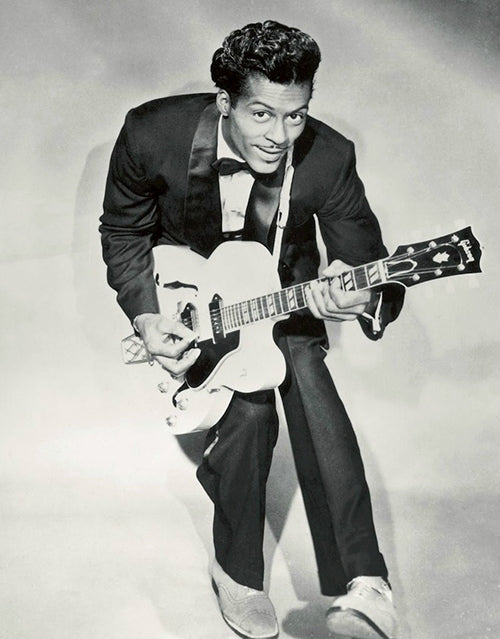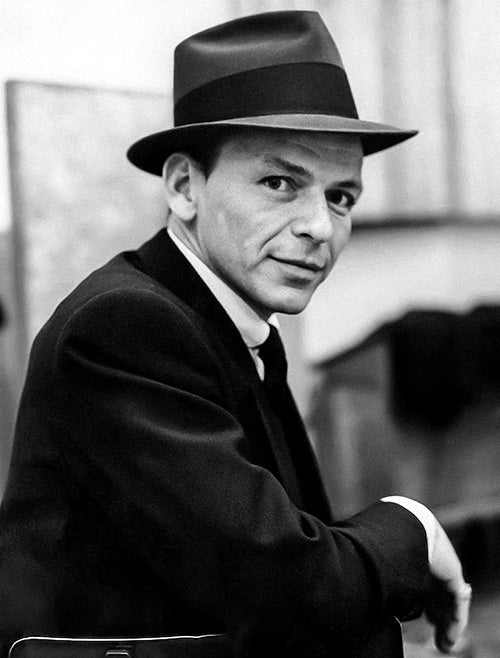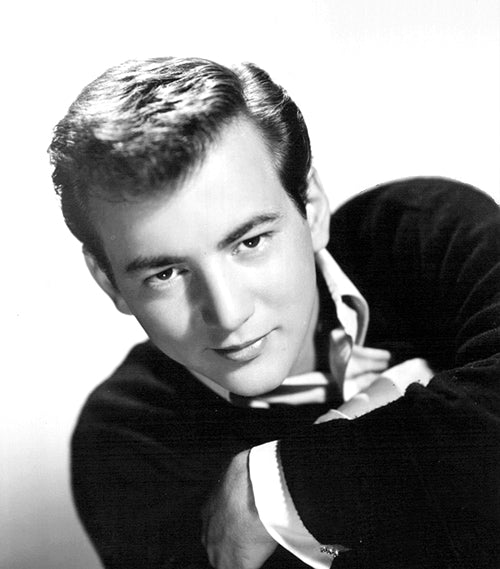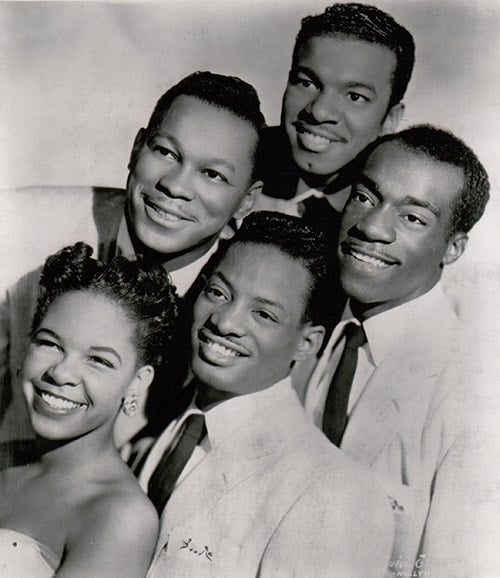I belong to a music-listening group consisting of five people who get together once a month. Everyone gets a turn to be the host who provides the playlist, wine, and food. When it’s my turn, I like to develop themes for my playlists. I had been listening to the ‘50s channel on SiriusXM quite a bit and decided on “Stars of the 1950s” as a theme. My scheme was to only include artists who had more than a couple of hits during the decade. After doing quite a bit of research, I was surprised at the wide variety of music represented. There is no other decade that comes close.
Rock and Roll. While elements of rock and roll appeared earlier, the first major stars emerged in the mid-1950s. Let’s start with Elvis Presley. His list of 1950s hits is extensive. “Hound Dog,” “Heartbreak Hotel,” “Love Me Tender,” and “All Shook Up” are but a few. Chuck Berry was a legendary figure who has been called “the father of rock and roll.” “Maybelline,” “Sweet Little Sixteen,” and “Johnny B. Goode” were all major hits.
Little Richard was a gospel singer who became a major star with songs like “Tutti Frutti,” “Lucille,” “Good Golly Miss Molly” and others. Jerry Lee Lewis was a rockabilly pioneer. “Whole Lotta Shakin’ Goin’ On,” “Great Balls of Fire,” “and Breathless” were all hits. Buddy Holly died tragically in 1959 but had many hits including “Peggy Sue,” “That’ll Be The Day,” and “Not Fade Away.”

Chuck Berry promotional photo. Courtesy of Pickwick Records/Wikimedia Commons/public domain.
Traditional Vocalists. There were quite a few “old school” vocalists who were still cranking out hits in the 1950s. Frank Sinatra’s career spanned many decades. In the ‘50s, “I Get A Kick Out Of You,” “You Make Me Feel So Young” and “Witchcraft” were among his major pop music hits. Frank’s friend, Dean Martin, was also doing very well with songs such as the iconic “That’s Amore” and “Memories Are Made Of This.”
Doris Day began as a big band singer and became a major actress while pursuing her singing career. She had a huge hit with “Que Sera, Sera” and also charted with songs like “Secret Love.” Nat King Cole evolved from his jazz trio to become a featured vocalist. Two of his 1950s classics were “Mona Lisa” and “Unforgettable.” Perry Como hosted television’s top 10-rated The Perry Como Show from 1956 to 1959. He had hits with “Hot Diggity (Dog Ziggity Boom)” and “Don’t Let The Stars Get In Your Eyes.” Eddie Fisher had an operatic voice and scored with “Oh! My Papa” and “Any Time.” His career took a jolt when he divorced Debbie Reynolds to marry Elizabeth Taylor.

Frank SInatra, promotional photo. Courtesy of Capitol Records/Wikimedia Commons/public domain.
Country Music. Country artists were also topping the popular music charts in the 1950s. Johnny Cash emerged during that decade by signing with Sam Phillips at Sun Records where he produced hits such as “I Walk The Line” and “Folsom Prison Blues.” Hank Williams was one of the first three people inducted into the Country Music Hall of Fame. Among his many hits were “Your Cheatin’ Heart” and “Hey Good Lookin’.” Marty Robbins had a lot of success in the decade with hits such as “El Paso’ and “A White Sport Coat and a Pink Carnation.” Many people don’t think of the Everly Brothers as country music artists, but their first major recording contract was with Acuff-Rose in Nashville, the same people who handled Hank Williams. Their first hit was “Bye, Bye Love” and others included “Wake Up Little Susie” and “All I Have to Do Is Dream.”
Nouveau Vocalists. While many traditional vocalists were still producing hits during the 1950s, a new breed of singer was also emerging. These were mostly white performers often covering songs originally sung by Black artists. Pat Boone was second only to Elvis in terms of top 40 hits during the decade. “Love Letters In The Sand” and “April Love” reached Number 1 on the charts. Paul Anka came on the scene with “Diana” and became an important songwriter. He had other hits such as “Put Your Head On My Shoulder” and “Lonely Boy.” Ricky Nelson began his career as the 12-year-old son on The Ozzie and Harriet Show and later emerged as a major vocalist and film actor. Hit songs included “Poor Little Fool” and “Lonesome Town.”
Bobby Darin’s career was launched with “Splish Splash” and he had other major hits with “Dream Lover” and “Mack The Knife.” Johnny Mathis has two songs, “Chances Are” and “Misty,” in the Grammy Hall of Fame. Other Mathis chart toppers included “Wonderful! Wonderful!” and “It’s Not For Me To Say.”

Bobby Darin, promotional photo. Courtesy of Wikimedia Commons/General Artists Corporation/Bruno of Hollywood/public domain.
Pre-Motown. Motown Records came into being in 1960, but there were major stars in the 1950s who were forerunners to the Motown sound. The Platters were a hit machine with three Number 1 singles during the decade: “Twilight Time,” “Smoke Gets In Your Eyes,” and “My Prayer.” Sam Cooke has been called “the man who invented soul.” He came on the scene in 1957 with “You Send Me.” Other hits during the 1950s included “Everybody Likes To Cha Cha Cha” and “Only Sixteen.”
Rock and roll, traditional vocalists, country music, nouveau vocalists, pre-Motown: what an interesting olio of music we were listening to in the 1950s! Who could ask for more? But wait, there is more! How about a little New Orleans music? Fats Domino was a major force during the decade with many Number 1 songs. “Blueberry Hill” and “Ain’t That A Shame” are in the Grammy Hall of Fame. Jazz greats Ella Fitzgerald, Louis Armstrong, and Billie Holiday were also making the popular music charts. I doubt that there will ever be a more eclectic decade for popular music than the 1950s.

The Platters, promotional photo. Courtesy of Wikimedia Commons/Martha Robi.
Header image: Hank Williams promotional photo, courtesy of WSM Radio/Wikimedia Commons/public domain.













0 comments